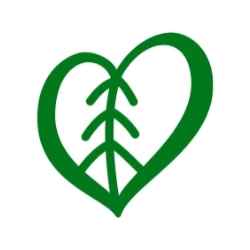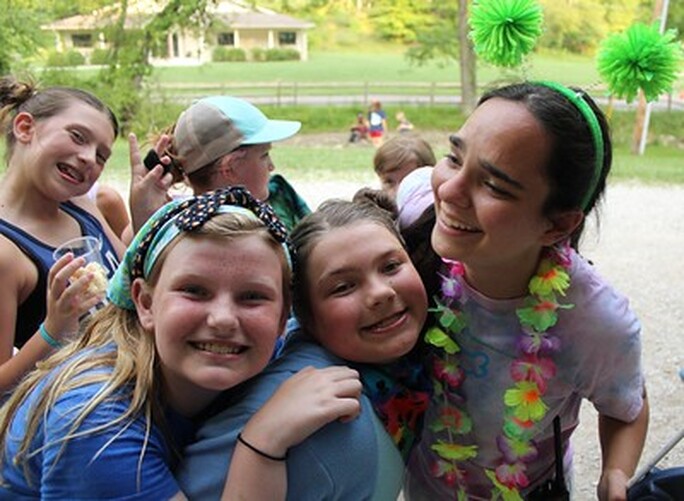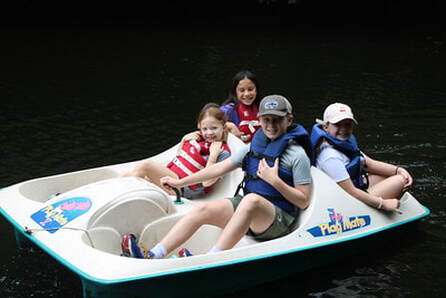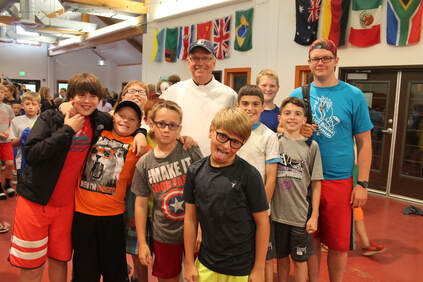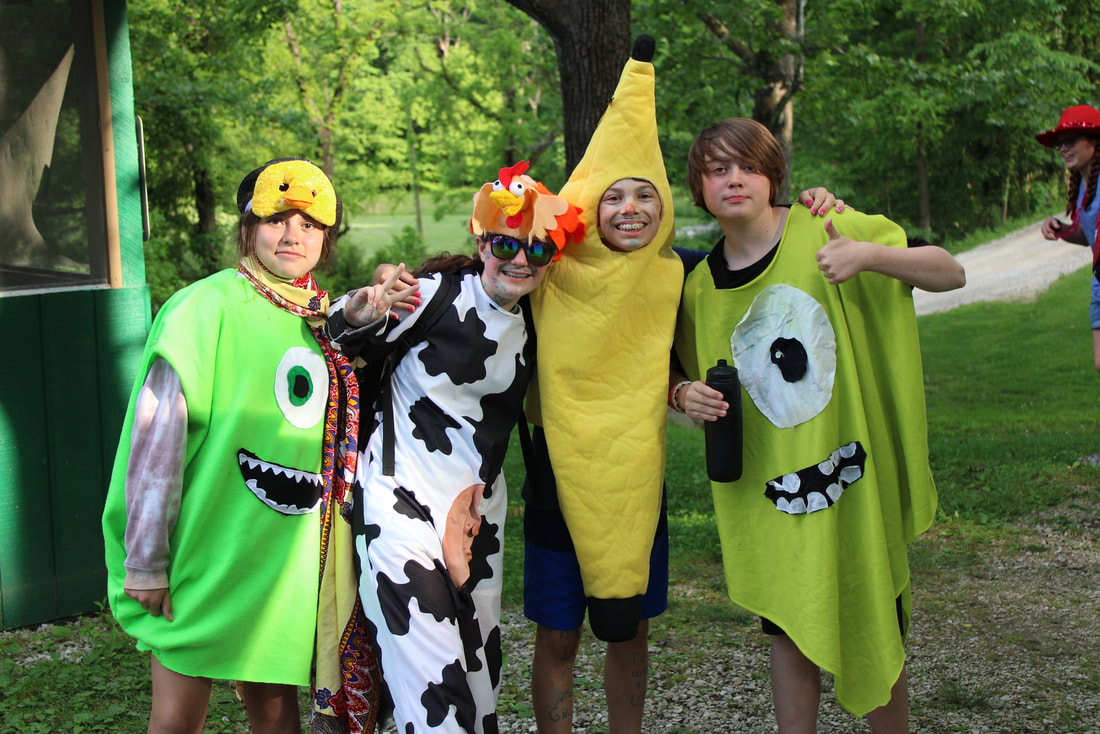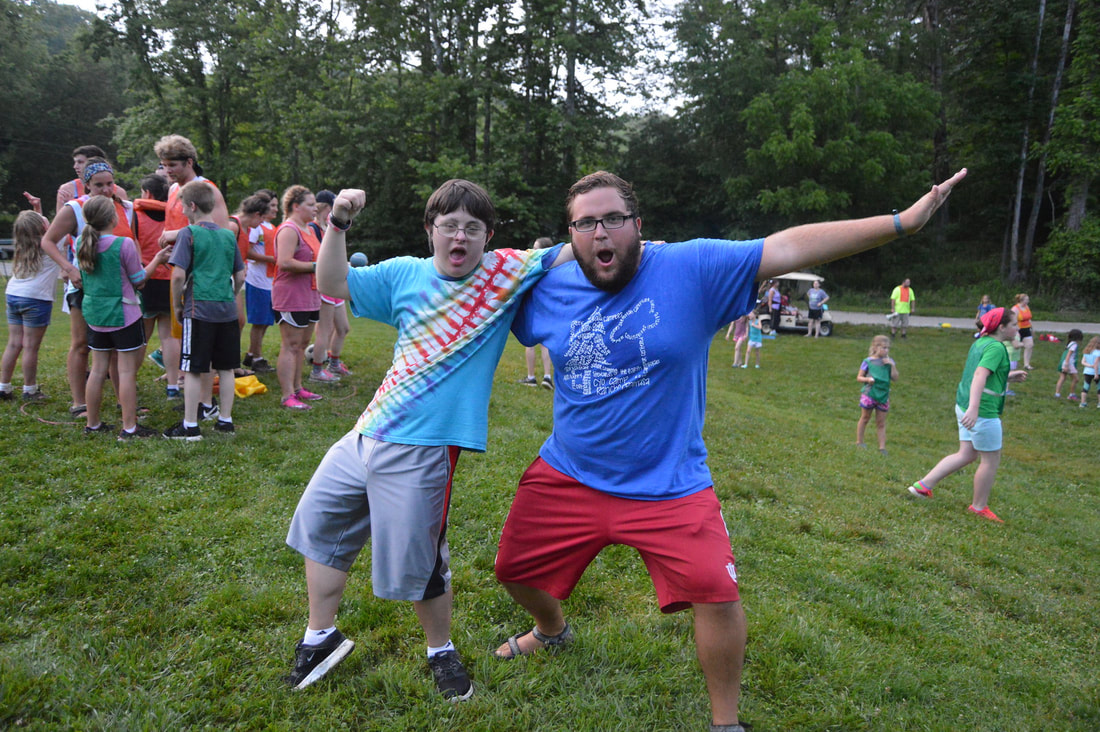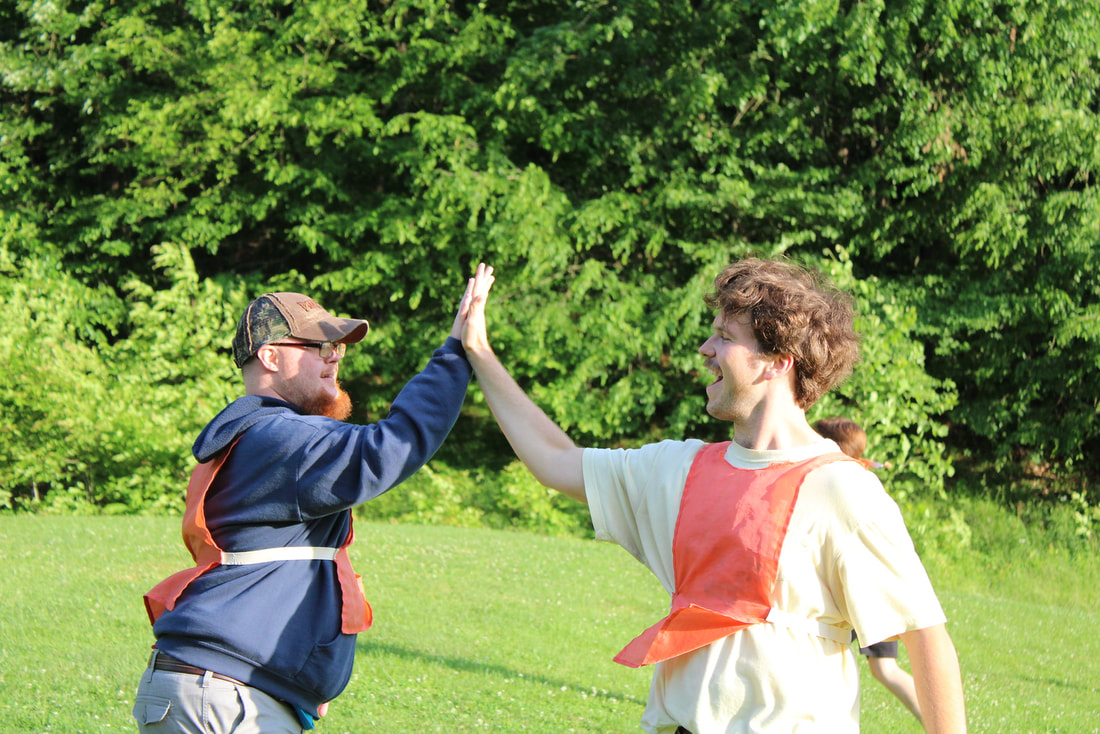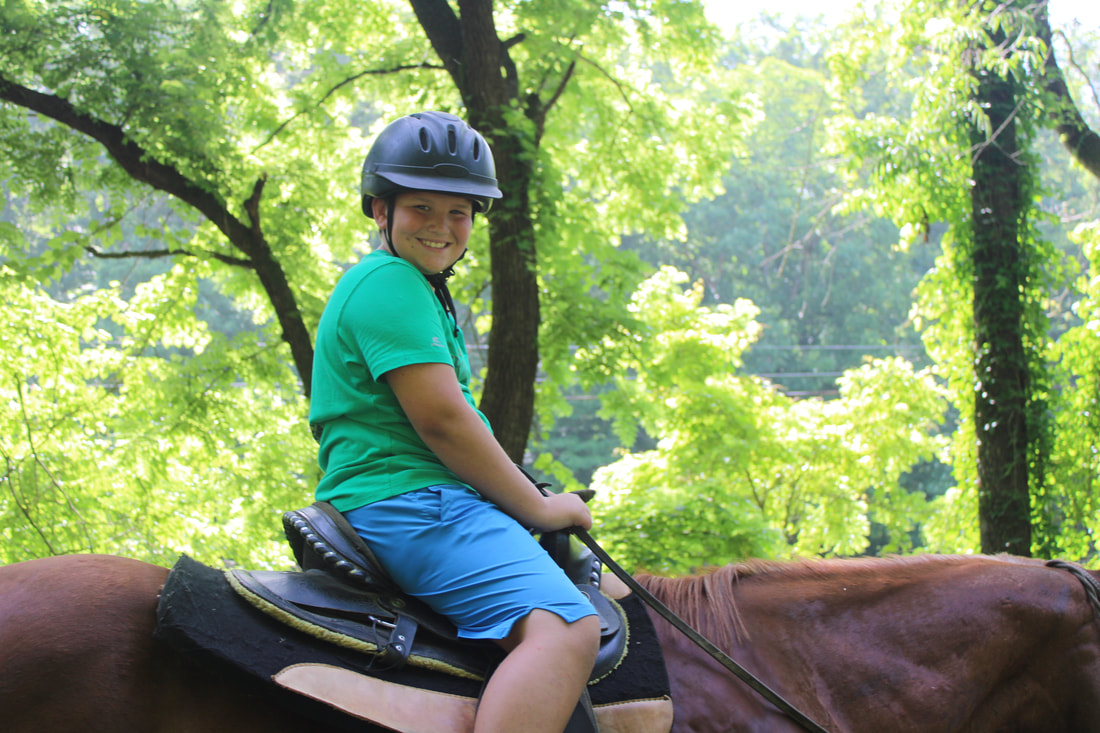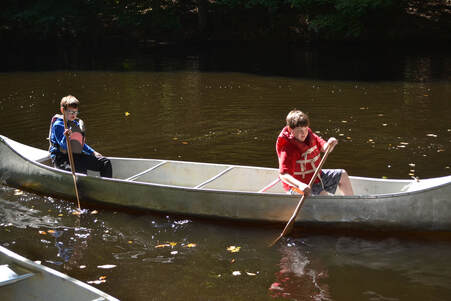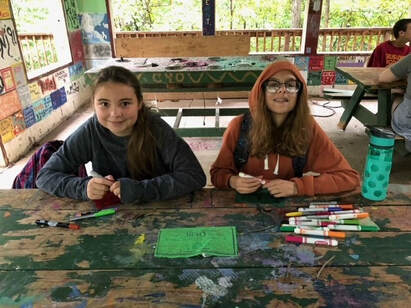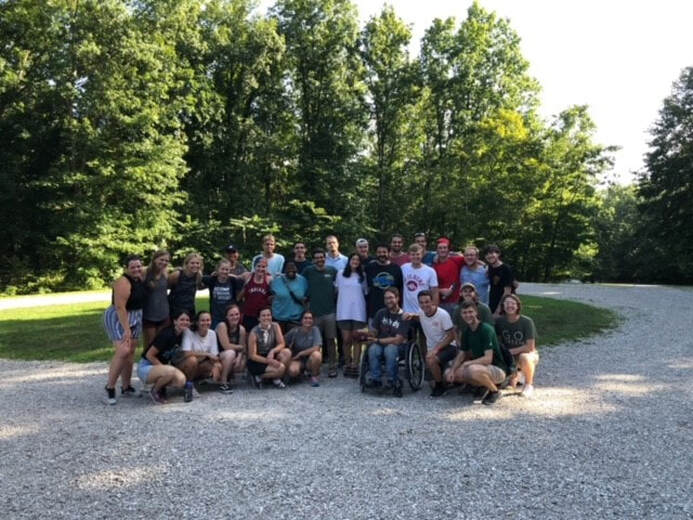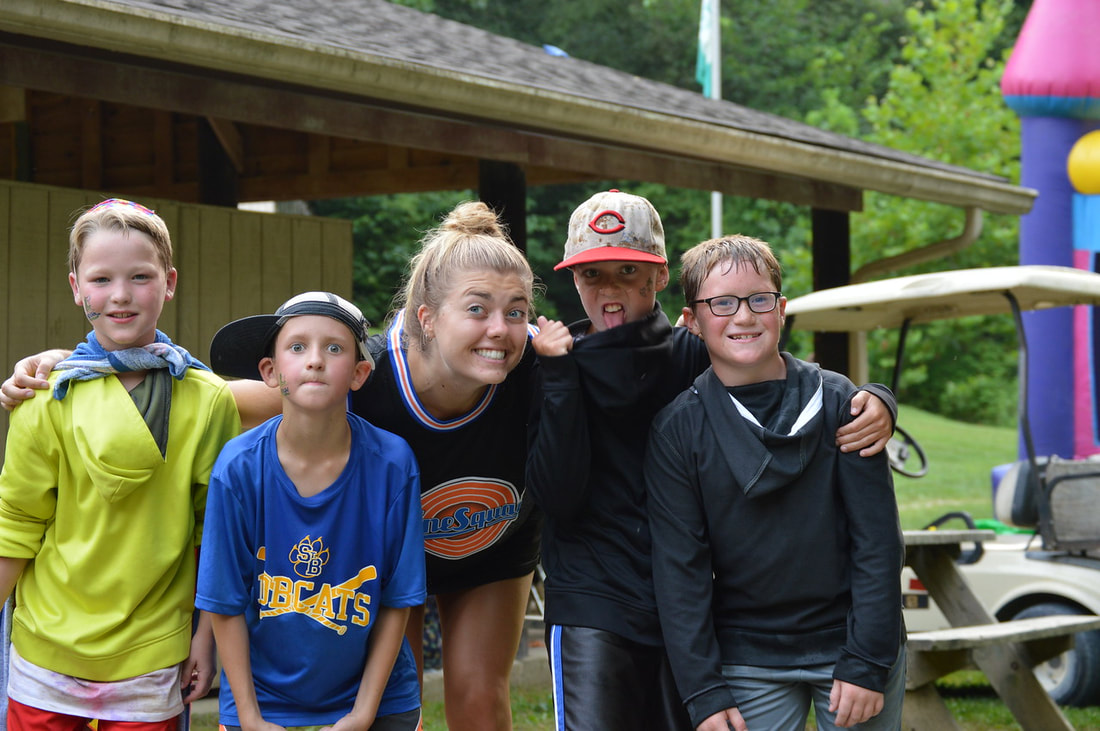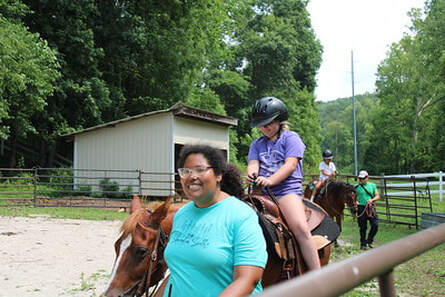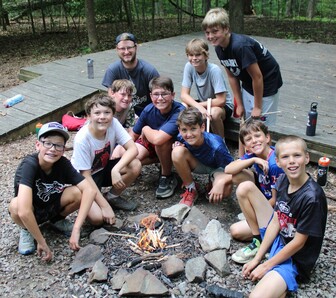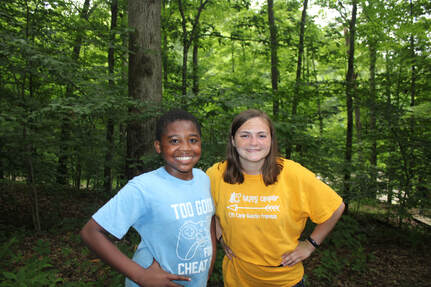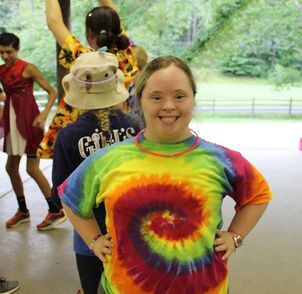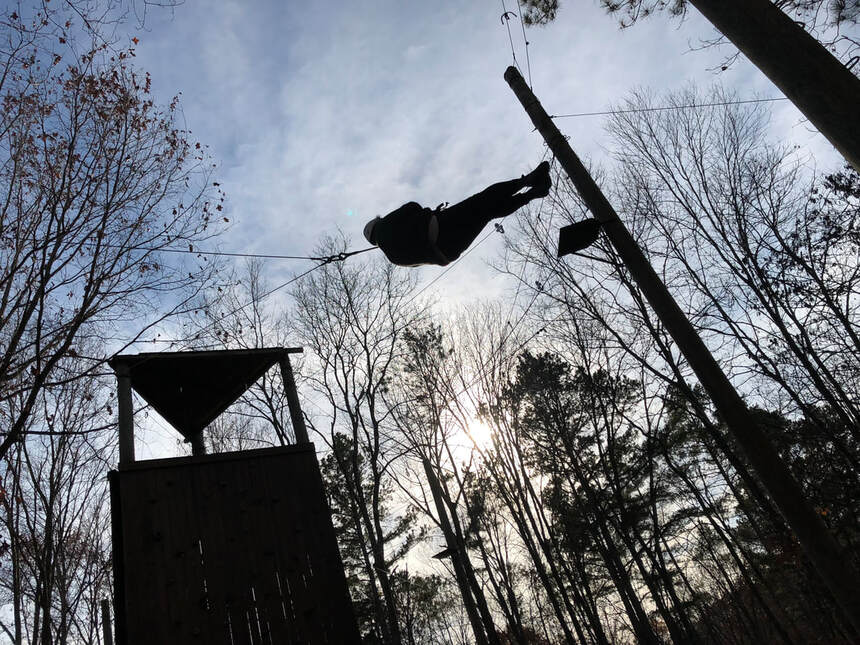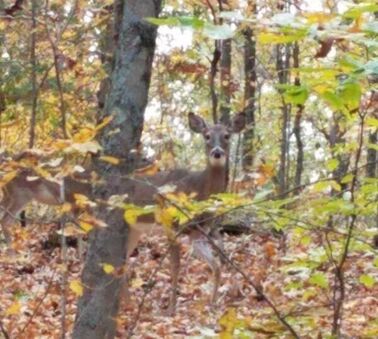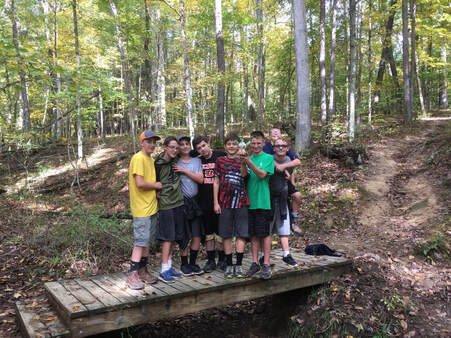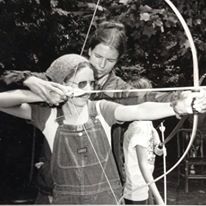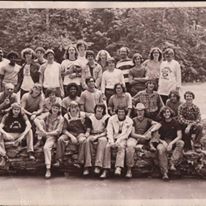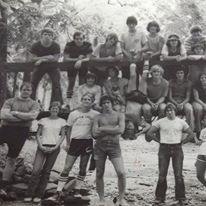We are Catholic
Our Catholic identity and traditions are an integral part of our camp. Prayer is a part of each day. Summer campers are given opportunities to live their faith through the St. John Bosco Bead Program. Participants discover a sense of self and appreciation for others and see all these wonders as a reflection of our God.
We are Inclusive
All programs at CYO Camp are inclusive. Campers of all abilities participate together in one inclusive environment. Additional staff support and/or program and facility adaptations are available. For more information about support for a child please contact Lauren at [email protected] or 1-812-988-2839, x125.
We are Humble
Living simply, focusing on relationships, and putting others first are at the heart of this value. Campers experience simplicity by sharing cabin space and by leaving technology at home. Campers learn that we are called to walk humbly with God: putting others before ourselves and being in the present moment with our camp community.
We believe in Staff Development
The CYO Camp Staff are role models. We hire and train only the most amazing young adults to work at camp. We support staff in their personal faith journeys as well as their professional, individual and community goals. We work to guide and nurture a group of people who care for camp participants, for each other and for all of God’s creation.
We are Stewards of the Earth
At CYO Camp we care for our Earth! Our earth friendly practices include…composting, recycling, re-using, and using earth friendly products. Finally, we share our love of the earth with each person who comes to camp. The beautiful setting provides the WOW factor, and we provide the learning.
Our History
|
The original 280 acres (1.1 km2) of land where CYO Camp Rancho Framasa is located was donated by Bert Dingley in 1946. Dingley was the first champion of the organization that would later become involved with Indy Car Racing. Dingley donated the land to the Catholic Archdiocese of Indianapolis to be used as a summer camp for the youth of the Church. His one stipulation was that the camp be named Rancho Framasa. He created the word Framasa by combining the first two letters of his daughters names. (FRAncis, MArgaret, and SAmuela.) All three are still living and attended the camp's 60th anniversary celebration at the Indianapolis Colts Complex in 2006. Portions of the camp also were a part of the original army installation Camp Atterbury. The old dining hall is a remnant of these days. It was built to be able to withstand the tanks which were tested in the surrounding hills. Old tank parts can still be found on occasion.
The past 30 plus years CYO Camp has been led by Kevin and Angi Sullivan. The camp has received multiple grants from the Eli Lilly Foundation to improve the grounds. The camp now serves 230 children each week of the summer session. Activities include horseback riding, rock climbing, swimming, canoeing, campouts, handicrafts, drama, nature, and archery among others. The camp also is host to many groups during the rest of the year. From retreats, to the local hiking club, the camp is busy year round. Inclusive Philosophy: CYO Camp is known for its inclusive philosophy. The camp believes that all people should have the opportunity to have a chance to experience camp. These efforts have been well documented through state and national awards from The Arc, Inc. as well as being one of the camps chosen to be a part of the National Inclusive Camping Practices Study. The camp is also only a handful of camps included in the book "Including Youth with Disabilities in Outdoor Programs". This book was one of the first to be written about the practice of inclusion in the outdoor recreation setting. CYO Camp Rancho Framasa continues to be well known in camping circles through its continued efforts to allow children to experience nature first hand. The camp has also been the site of an archaeological dig and the exhumed materials are now on display at an Indiana University Museum. |
© 2021 CYO Camp Ranch Framasa | Conditions of Use
2230 N Clay Lick Road | Nashville, IN 47448 | (812) 988-2839
[email protected]
2230 N Clay Lick Road | Nashville, IN 47448 | (812) 988-2839
[email protected]
